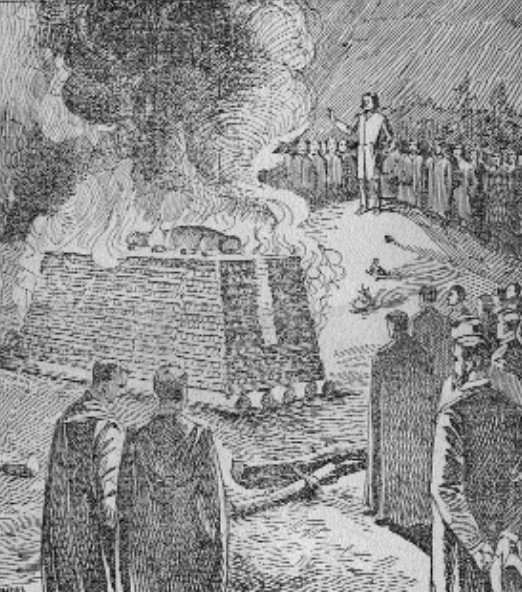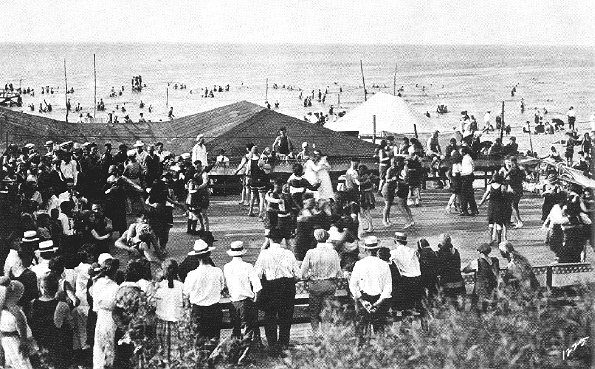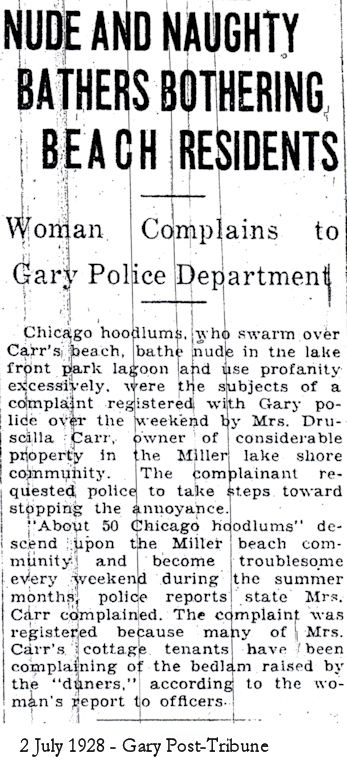The Beach: Gay Mill, Fun, and The Bizarre
As we can see from the 1917 picture of Carr's Beach (now Lake Street Beach), partying is nothing new on Miller Beach. The stretch of beach from Lake Street Beach to County Line Road is owned and maintained by the Gary Parks Department and is in constant use during the summer months. Wells Street Beach operates as a concession stand and parking at the north end of County Line Road. For a number of years the Park Department has leased the concession stand at Marquette Park. For a while it was operated as Carmella's Cafe, and still remains a seasonal concession stand.
While the dance pavilion on the beach was no doubt a popular place, in the 1920s it was overshadowed by Gay Mill Gardens at the intersection of Lake Street and the river/lagoon.
See the page on Gay Mill Gardens, Tom Johnson and his entertainer wife, Frances Kennedy for a lot more on that:
Gay Mill Gardens
The beach is fairly quiet these days, patrolled by the park police who chase folks off the beach at sundown. But it hasn't always been like that as the newspaper article attests. When this author first came to Miller in 1975, bonfires and skinning were common on hot summer nights. Whether they are "hoodlums" or not, residents are vigilant of tourists who park along the streets. Many cars get towed away in the early days of summer.
A Bonfire Cremation on the Beach

This drawing from page 50 of Richard Digby-Junger's article on the Chicago Press Club in The Chicago History Magazine.(Let it load. A flip-book.)
Perhaps one of the most bizarre incidents on the beach occurred in on July 17th, 1892 when eight men spent the day building a funeral pyre 18 feet long, 8 feet wide, and 20 feet high and then the body of Morris Allen Collins was cremated on it at 10:50 that night by members of The Whitechapel Club.
The Whitechapel Club was a spin-off of the Chicago Press Club and its newspaper reporter members met regularly in Chicago amidst gruesome artifacts of murder. It took its name from the area in London where Jack-the-Ripper had operated only a few years earlier and the club's name for its president was "Jack-the-Ripper." A member of the Whitechapel Club, Michael Collins was the President of the Dallas, Texas Suicide Club, and before his own suicide in Chicago he wrote a request that his remains be reduced to ashes. His fellow club members complied:
The place finally selected was in that dreary waste of sand and bog in Indiana at the end of the lake. There was a secret trip from the great city to the Baltimore & Ohio train, a hurried run to Miller’s, a small junction village 30 miles southeast of Chicago, a dismal funeral march through the uninhabited region that separates the hamlet and the lake shore, and then while the northern sky was pulsating and trembling in the strange tints of the aurora borealis the monk-robed chaplain bade the dead farewell and Mr. Jaxon touched the torch to the huge pile.
One wonders if Drusilla Carr was among the curious onlookers and what she thought of the whole thing. Four years later Octave Chanute came to that "dreary waste of sand" to do his experiments and one of the reporters reported at the time that his camp was near the site of the cremation four years earlier.

